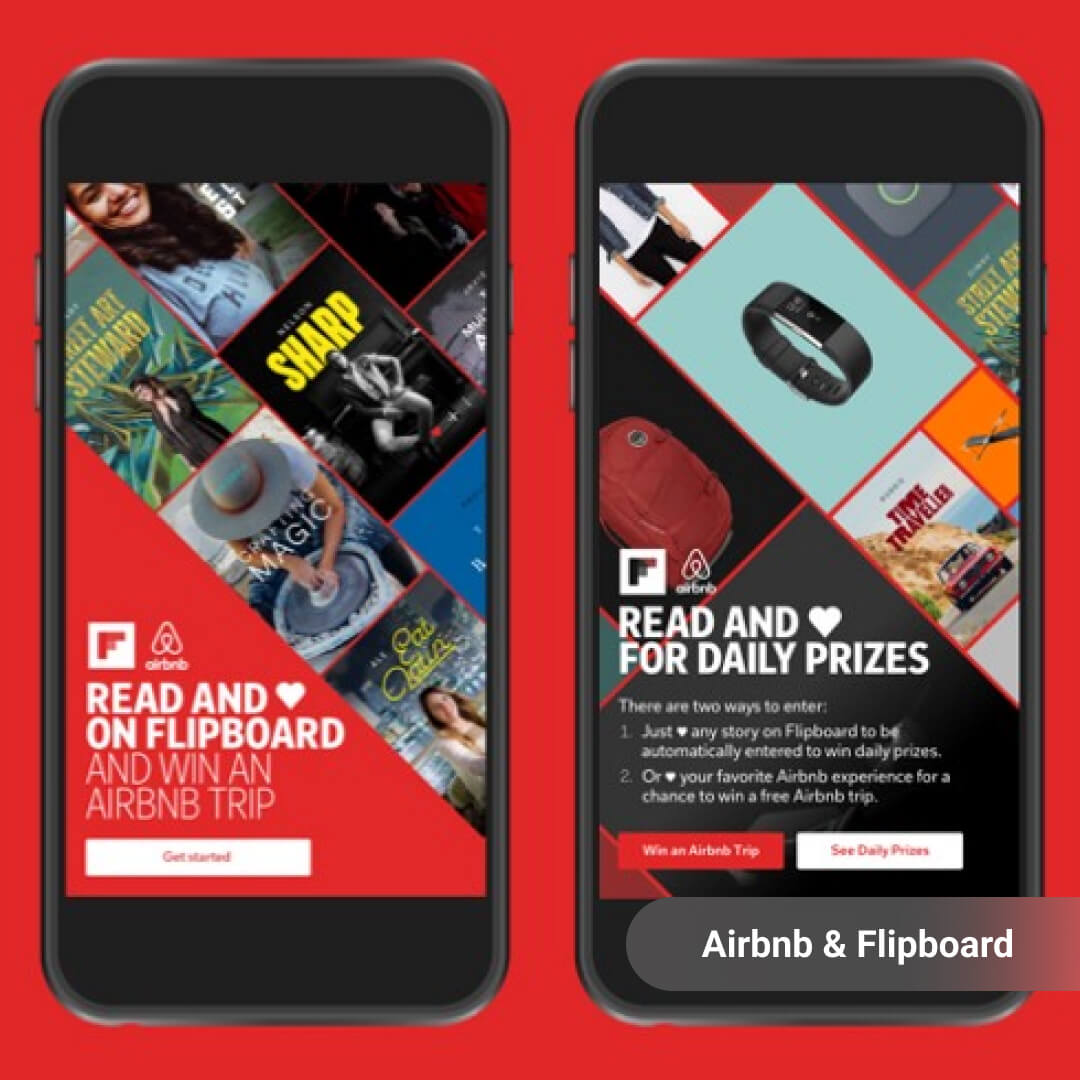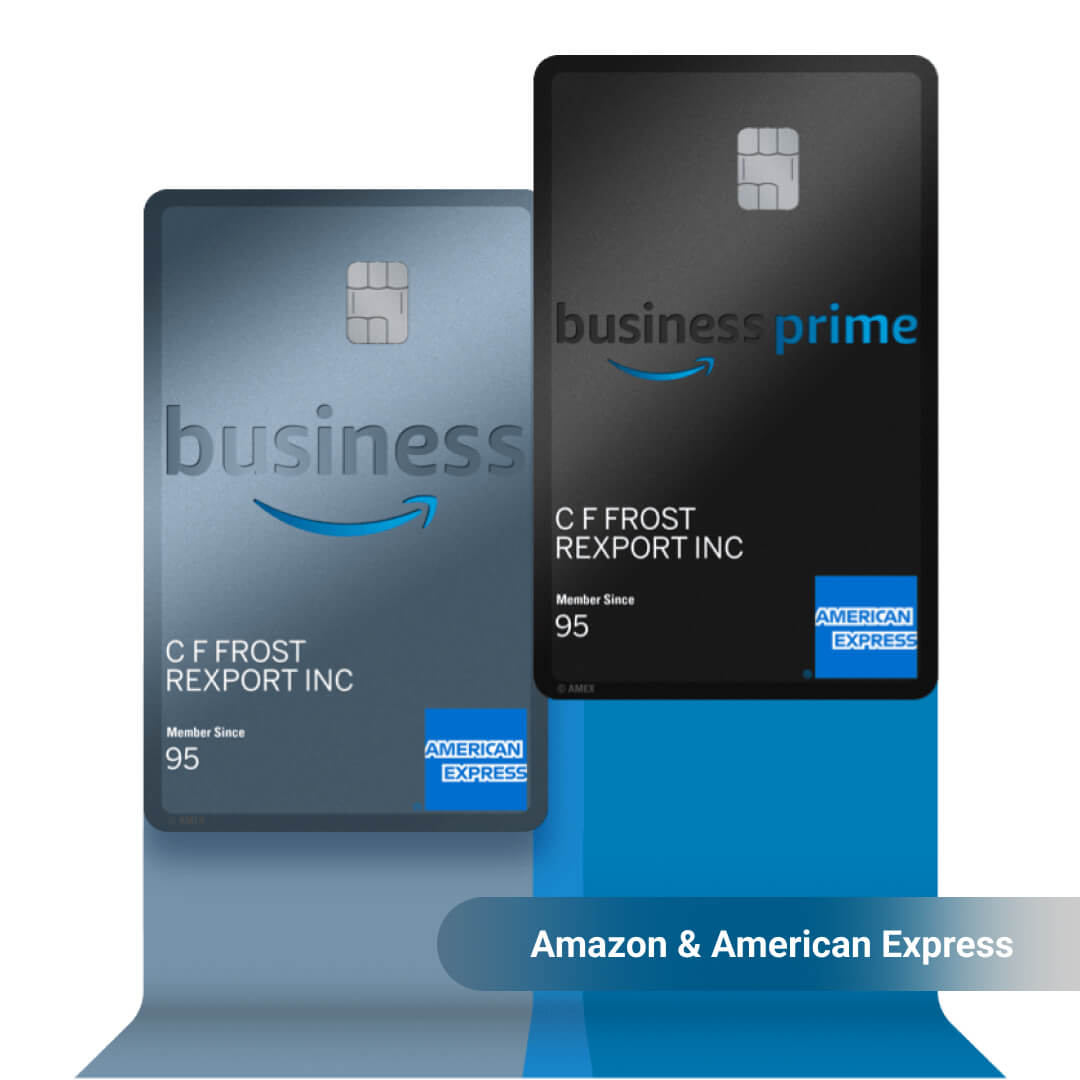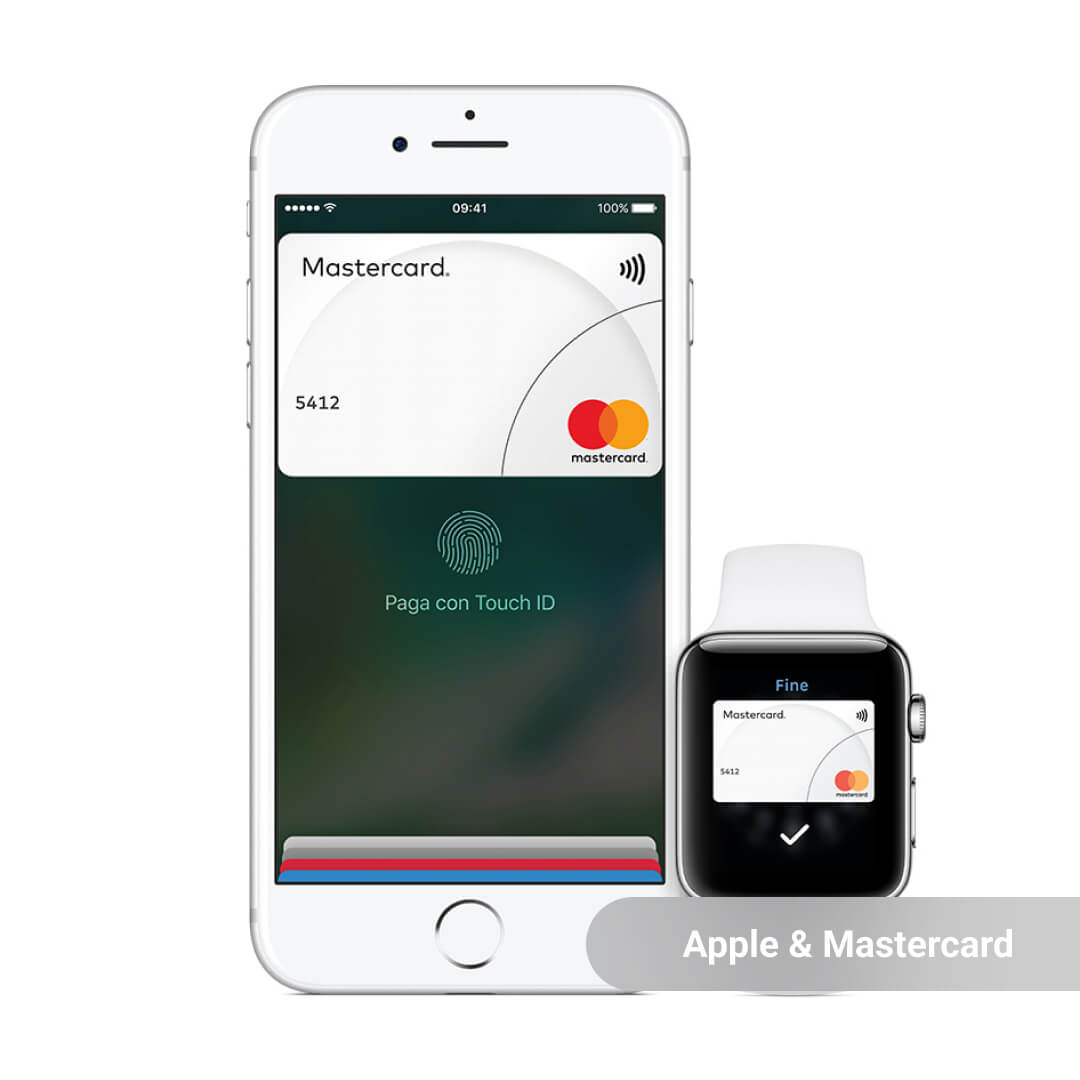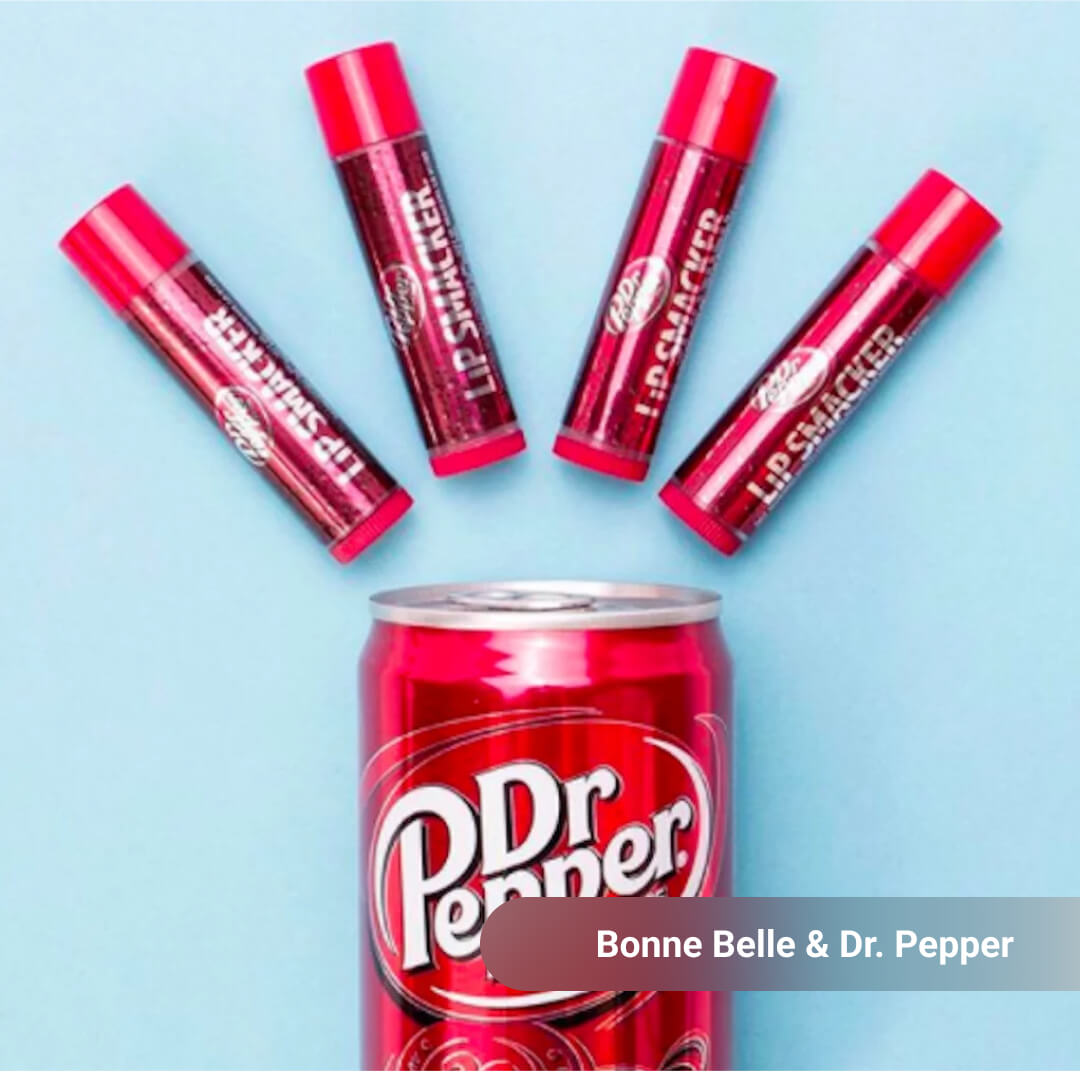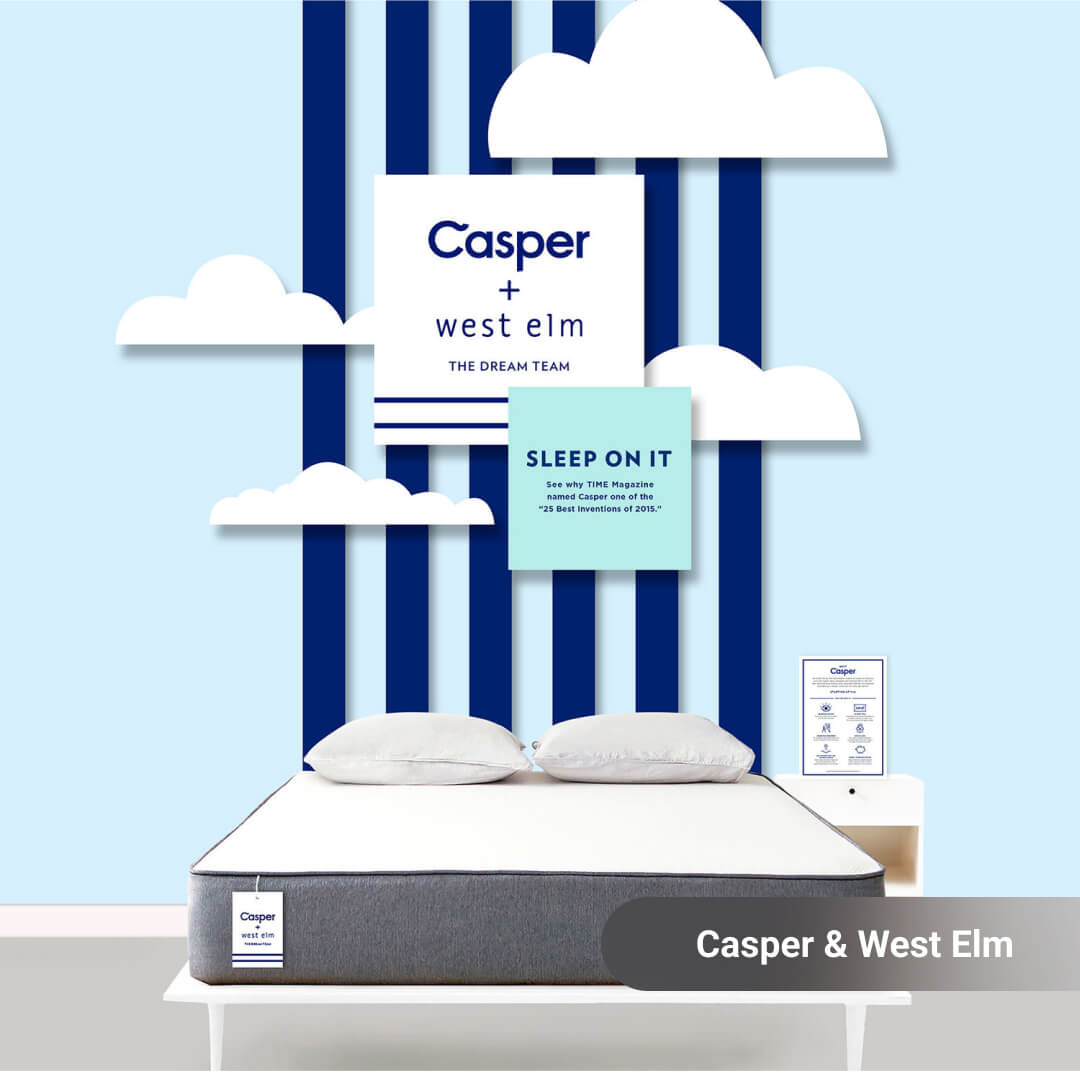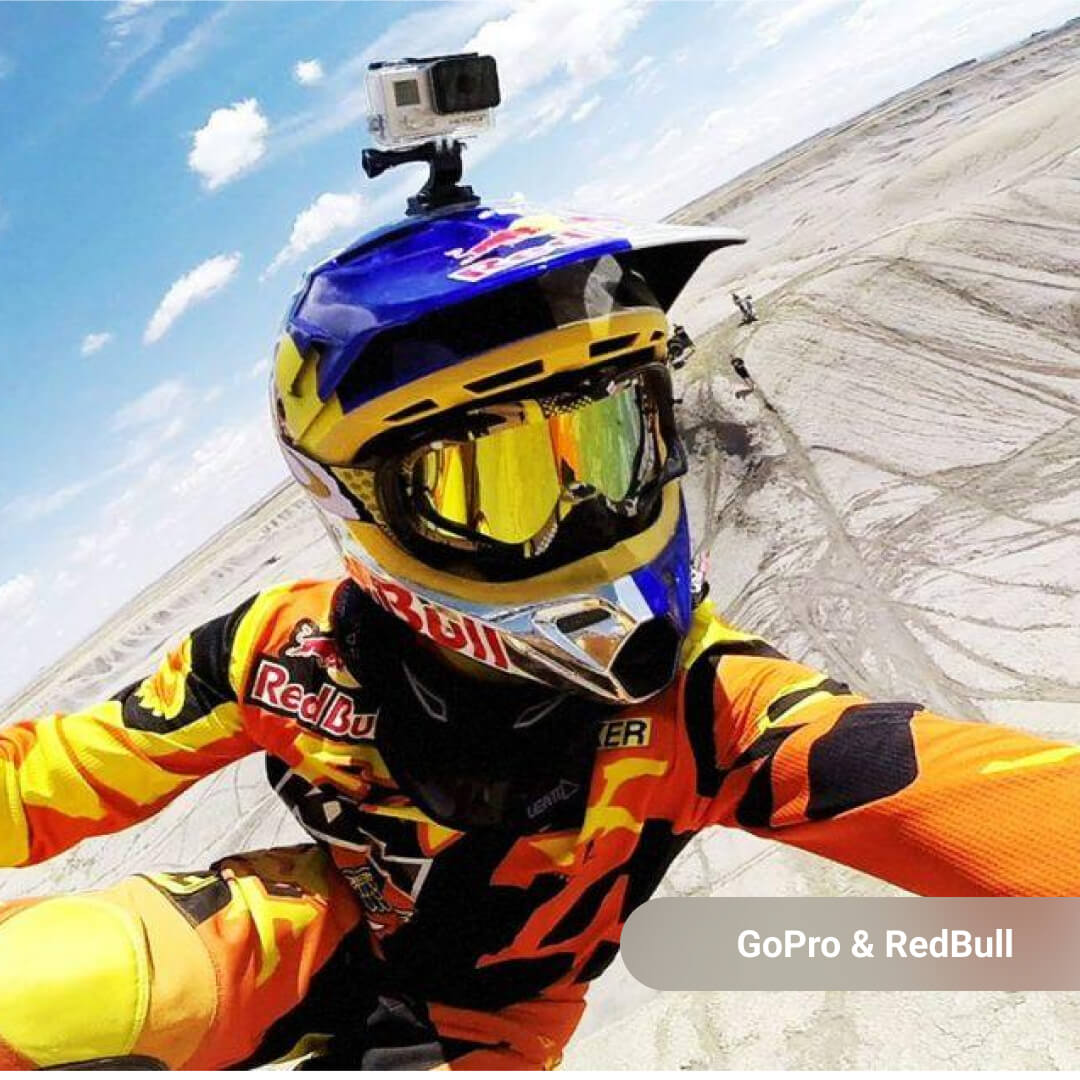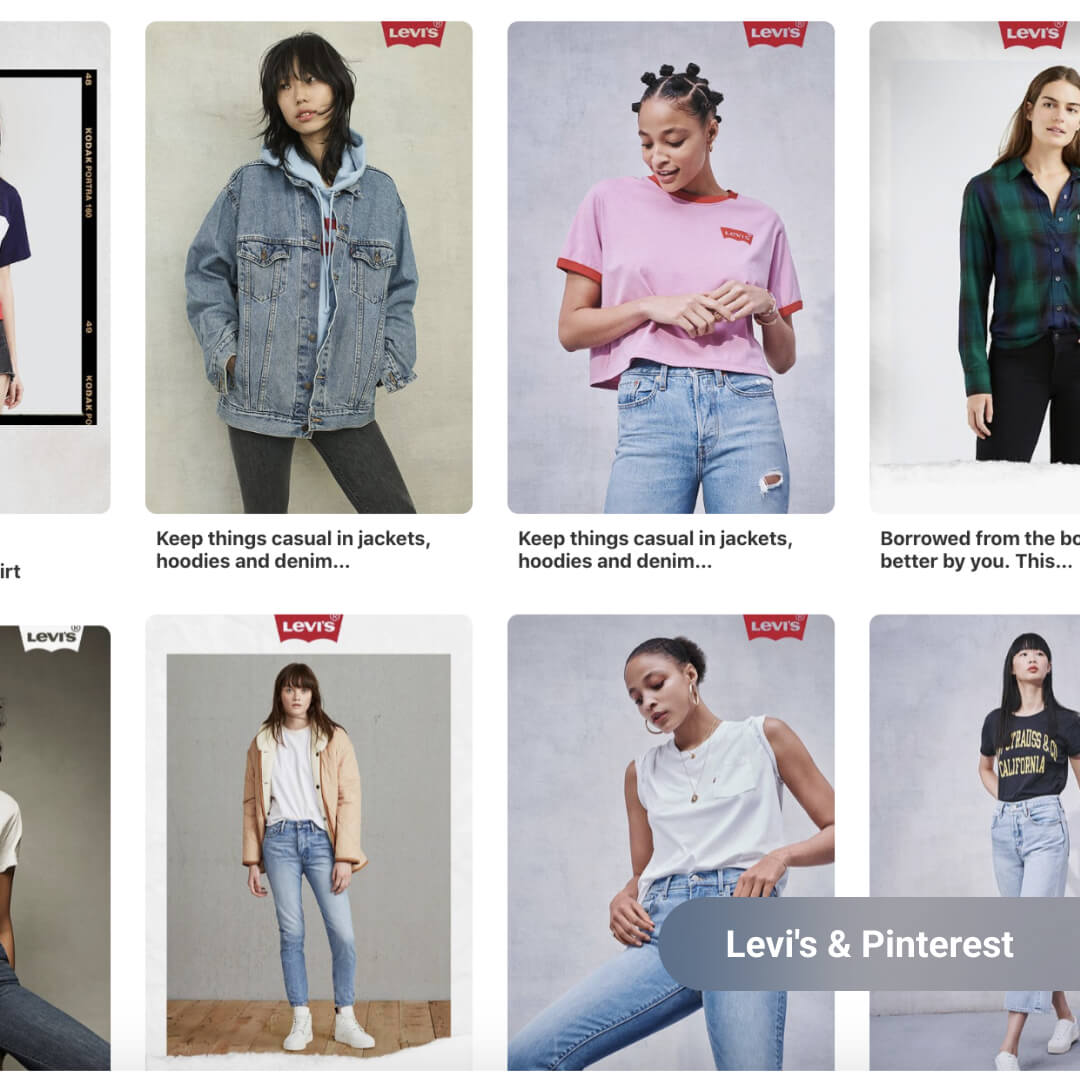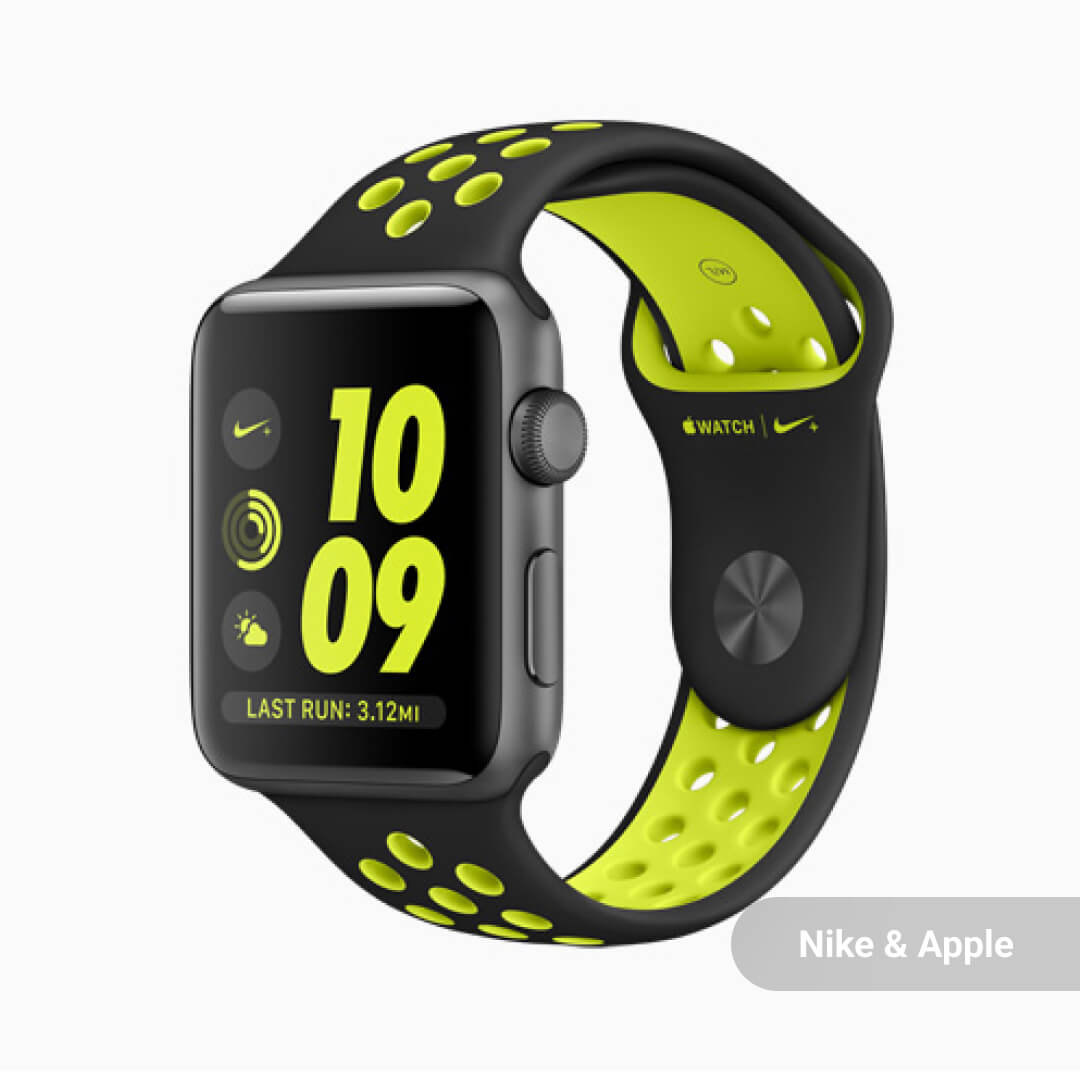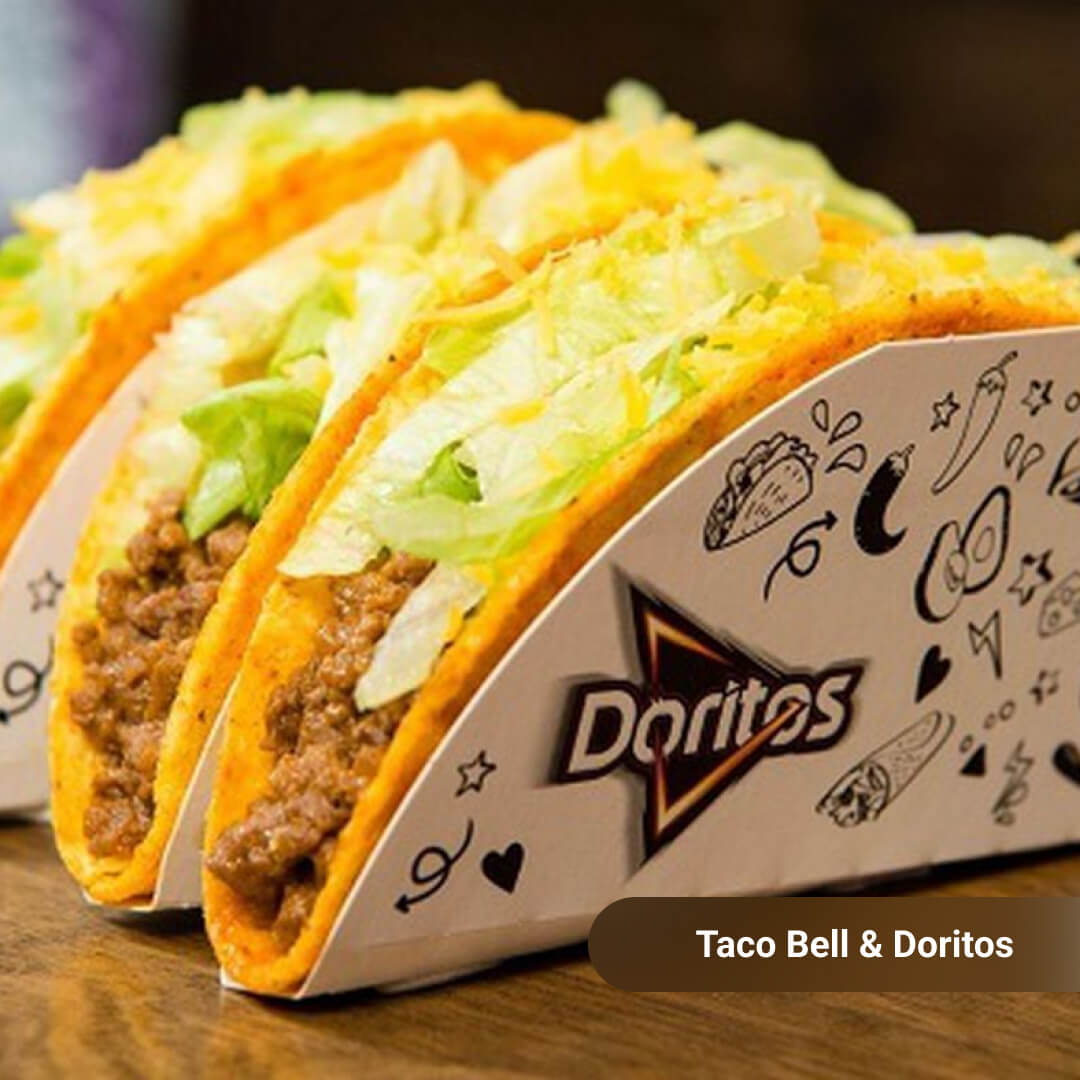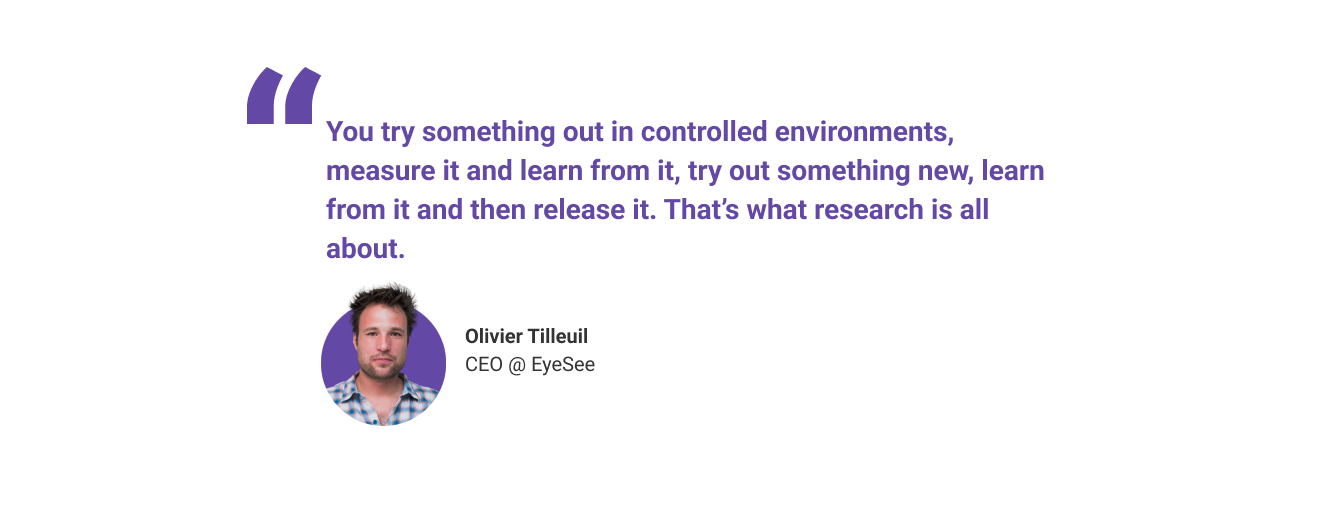by Konstantin Tomic, Insights Manager at EyeSee
This year marks 20 years since Facebook revolutionized the way we use the internet. A lot happened during that time, but as it changed the advertising landscape and influenced its users’ daily lives, Facebook evolved as well.
Facebook may not be the place to find the youngest audience (though its audience is diverse and earns money) or the “hottest” platform right now, but some facts are simply unbeatable. As of the end of 2023, the number of Facebook users worldwide is around 3.05 billion.
- 50% of the time spent on Facebook and Instagram is spent watching videos.
- 2B+ people watch Facebook in-stream-eligible videos each month.
- 74% of Facebook in-stream non-skippable video ad views are completed, globally.
So, the question is not whether there should be an investment in Facebook ads, but rather how to do so effectively. As my colleague previously stated, it is critical to test ads because relying solely on platform analytics is insufficient to gain clarity and insights into why some ads are “working” and what their true brand impact is. To gain those insights simulated replicated feeds are proving to be the best tool for capturing user behavior.
A good replicated feed will make respondents forget they’re part of research
Researchers should always be mindful of response bias – a phenomenon where individuals consciously or unconsciously alter their answers to align with perceived social norms, expectations, or desires. Factors such as social desirability bias, where respondents provide socially acceptable responses rather than honest ones, can distort findings. But even smaller things can affect the answers too. Wording of questions, order of presentation, interviewer effects, and respondent characteristics like age, gender, or cultural background can all impact how individuals respond. Awareness of these biases is critical in designing surveys and conducting research to minimize their influence and ensure more reliable data collection and analysis.
To minimize biases, it is best to provide respondents with a realistic environment in which tracking devices and differences from their usual habits are difficult to detect. In the case of social media replicated feeds, respondents participate in the study from the comfort of their own homes, and some even admit that there were times when they forgot they were not using “the real thing.”

Native VS Branded ad memorability paradox
Native content outperforms branded ads in retaining attention by captivating audiences with surprising product usage and compelling, attention-grabbing audio. Younger viewers engage with native content for longer durations, making it an ideal choice for subtly targeting this demographic. Additionally, native ads are clearer, largely due to their prominent product features. However, they pose a challenge in terms of memorability since they rely solely on the video to convey branding, which users may overlook. In contrast, branded ad posts benefit from additional cues like account names and video descriptions, enhancing brand memorability.
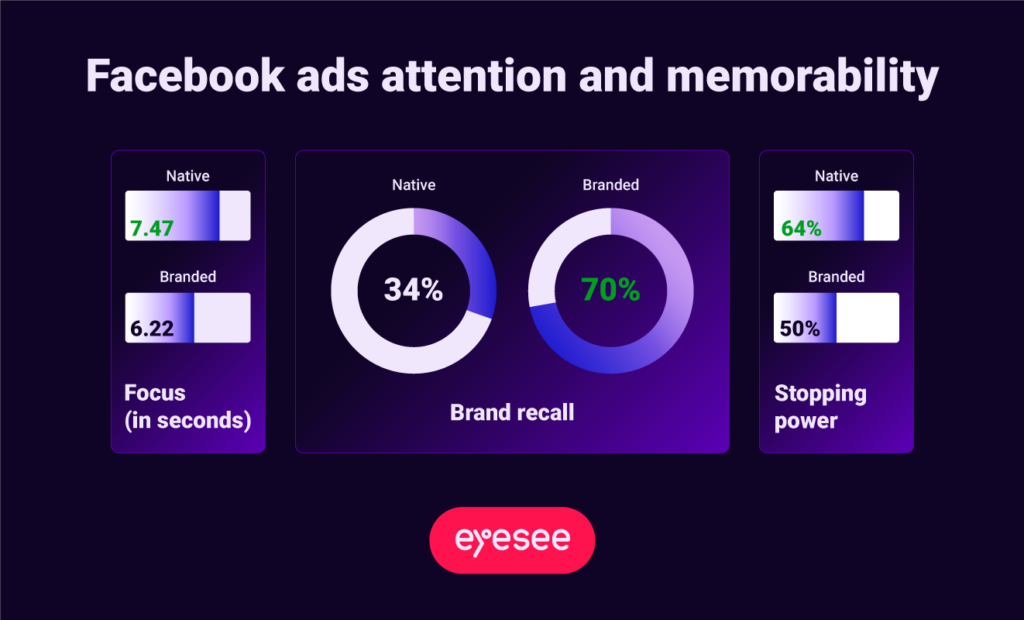
The path to balanced native and branded video ads
The first and most obvious recommendation is for marketers to test their ads. Knowing which parts of the video to tweak can help achieve a native-branded balance. Even past campaigns contain knowledge, and testing them can provide brands and marketers with a best-practice guidebook for future creative input. However, if you already have native content in your hands, here’s a small bonus tip. If focusing on younger audiences – ads with a native feel could be the way but take care to post from the official brand account with an informative description. If the goal is to raise awareness among the general population – a traditional branded ad is a more reliable option.
Eager to know more about ad testing on other social media platforms? Research hidden potential with new TikTok creative insights.


